Home>Gardening & Outdoor>Landscaping Ideas>How To Redo Grass In The Backyard
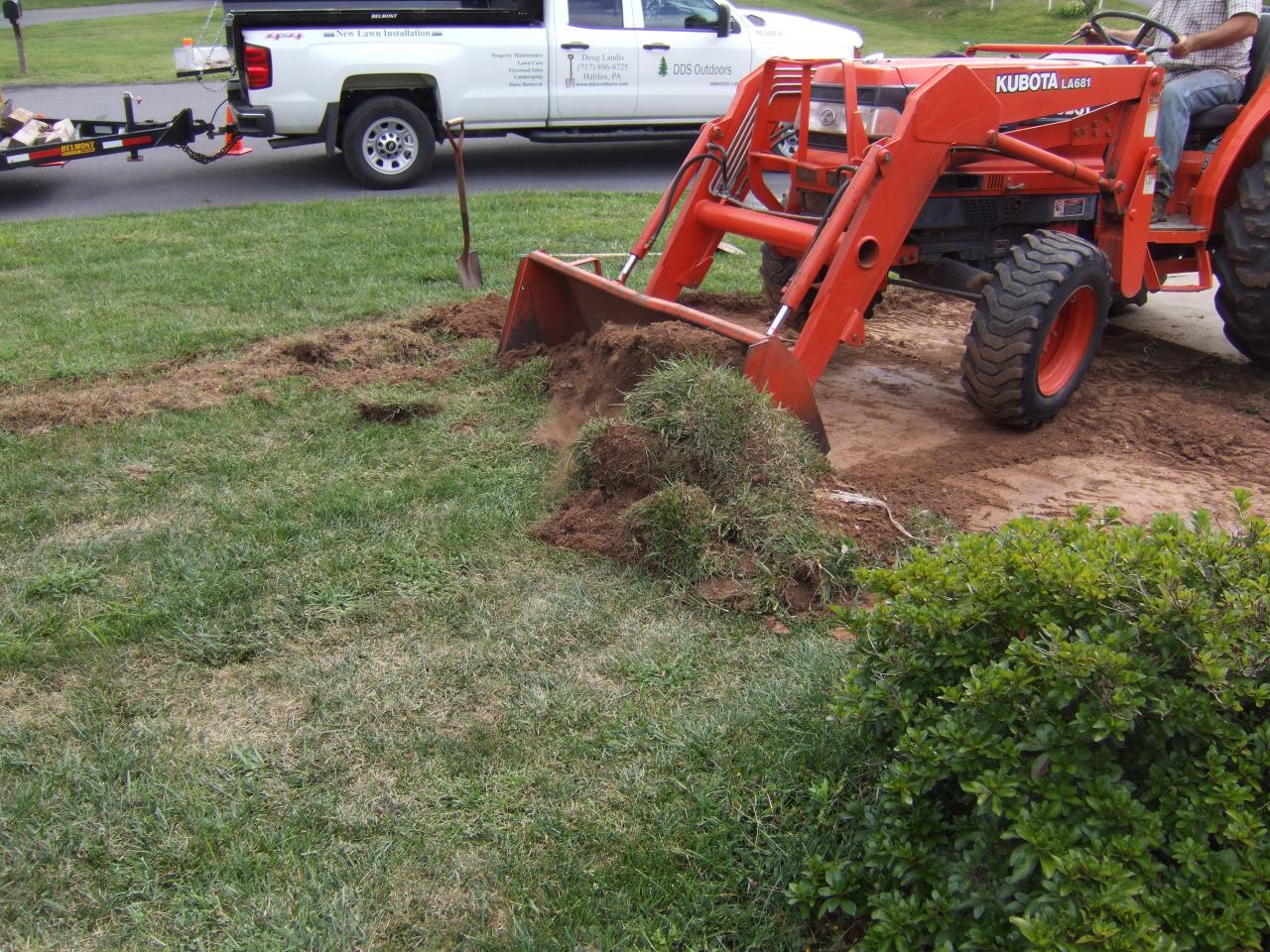

Landscaping Ideas
How To Redo Grass In The Backyard
Modified: February 18, 2024
Learn expert landscaping ideas for redoing your backyard grass. Get tips on grass installation, maintenance, and creating a beautiful outdoor space.
(Many of the links in this article redirect to a specific reviewed product. Your purchase of these products through affiliate links helps to generate commission for Storables.com, at no extra cost. Learn more)
Introduction
When it comes to transforming the backyard into a lush and inviting space, rejuvenating the grass is a fundamental aspect. A vibrant, well-maintained lawn not only enhances the aesthetic appeal of the outdoor area but also provides a comfortable and functional space for various activities. Whether it's hosting outdoor gatherings, enjoying leisurely strolls, or simply basking in the beauty of nature, a healthy lawn sets the stage for these delightful experiences.
Over time, factors such as weather conditions, foot traffic, and natural wear and tear can take a toll on the grass, leading to patchy, discolored, or thinning areas. In such cases, it becomes necessary to revitalize the lawn by redoing the grass. This process involves careful assessment, strategic planning, and proper execution to ensure the successful establishment of a new, resilient grass cover.
In this comprehensive guide, we will delve into the essential steps for redoing the grass in your backyard. From evaluating the current condition of the grass to selecting the right type of grass and from preparing the soil for planting to nurturing the new growth, we will explore each crucial phase in detail. Additionally, we will address common grass issues and provide insights into effectively managing them to maintain a thriving lawn.
Embarking on the journey of transforming your backyard through grass redoing is an opportunity to infuse new life into the outdoor space. By following the guidance presented here, you can look forward to a rejuvenated lawn that not only elevates the visual charm of your backyard but also becomes a refreshing retreat for relaxation and recreation. Let's embark on this enriching endeavor to create a vibrant, resilient, and captivating grassy landscape right in your own backyard.
Key Takeaways:
- Assess the current condition of your backyard grass by looking for bare patches, weeds, and soil quality. This helps create a tailored plan for a healthy and vibrant lawn.
- Choose the right grass type based on your local climate, sunlight exposure, and lawn usage. This ensures a resilient and manageable lawn that thrives in your specific outdoor space.
Read more: How To Redo Your Grass
Assessing the Current Condition of the Grass
Before diving into the process of redoing the grass in your backyard, it’s crucial to conduct a thorough assessment of the current condition of the lawn. This evaluation provides valuable insights into the issues plaguing the grass and helps in devising an effective plan for its rejuvenation.
Begin by visually inspecting the entire lawn, taking note of any prominent concerns such as bare patches, weed infestations, discoloration, or compacted soil. Walk around the area to identify areas with poor drainage, excessive thatch buildup, or signs of pest damage. Additionally, assess the level of foot traffic in different zones of the lawn to gauge the wear and tear experienced by the grass.
Conduct a soil test to analyze its pH levels, nutrient composition, and overall quality. This step is crucial as it provides essential information for determining the amendments required to create an optimal environment for the new grass to thrive. Soil testing kits are readily available at garden centers and can be used to collect samples from various areas of the lawn.
Furthermore, consider the prevailing climatic conditions and the specific challenges they pose to maintaining healthy grass. Factors such as sunlight exposure, temperature fluctuations, and precipitation patterns play a significant role in determining the suitability of different grass varieties for your backyard.
Document your observations and use them as a basis for formulating a tailored approach to address the identified issues. By gaining a comprehensive understanding of the current state of the grass, you can proceed with confidence, knowing that your efforts are aligned with the specific needs of your backyard lawn. This proactive assessment sets the stage for a targeted and effective grass redoing process, laying the groundwork for a revitalized and resilient lawn that thrives for years to come.
Choosing the Right Type of Grass
When it comes to redoing the grass in your backyard, selecting the appropriate type of grass is a pivotal decision that significantly influences the long-term success and visual appeal of the lawn. The choice of grass should be based on various factors, including local climate, soil conditions, intended use of the lawn, and maintenance preferences.
Begin by researching the grass species and varieties that are well-suited to your specific region. Consider the climate zone, average temperature ranges, and annual precipitation to identify grass types that thrive in these conditions. Cool-season grasses, such as Kentucky bluegrass and fescue, are ideal for regions with cold winters and moderate summers, while warm-season grasses like Bermuda grass and zoysia excel in areas with hot summers and mild winters.
Assess the amount of sunlight and shade in different areas of your backyard to determine the sun exposure patterns. Some grass varieties are shade-tolerant and are better suited for areas with limited sunlight, while others require full sun for optimal growth. By matching the grass type to the specific light conditions, you can ensure that the new lawn flourishes in all areas of your backyard.
Consider the intended use of the lawn, whether it’s a space for recreational activities, a pet play area, or purely ornamental. Different grass varieties offer distinct features such as durability, resilience to foot traffic, and tolerance to pet activities. By aligning the grass choice with the anticipated usage, you can create a functional and resilient lawn that meets your specific needs.
Furthermore, evaluate the maintenance requirements of various grass types, including mowing frequency, irrigation needs, and susceptibility to common lawn issues. Opt for a grass variety that aligns with your maintenance capabilities and preferences, ensuring that the new lawn remains manageable and visually appealing in the long run.
By carefully considering these factors and consulting with local landscaping professionals or garden centers, you can make an informed decision regarding the most suitable type of grass for your backyard. This thoughtful selection process sets the stage for a successful grass redoing endeavor, laying the groundwork for a vibrant and enduring lawn that enhances the beauty and functionality of your outdoor space.
Preparing the Soil for Planting
Creating an optimal environment for the new grass to take root and thrive is a critical step in the grass redoing process. Proper soil preparation sets the stage for robust growth, enhances nutrient availability, and promotes healthy establishment of the grass, ensuring a lush and resilient lawn in the long run.
Commence the soil preparation process by clearing the area of debris, rocks, and existing vegetation. Use a rake or specialized lawn de-thatching tools to remove accumulated thatch, which can hinder the penetration of water and nutrients into the soil. Additionally, aerate the soil to alleviate compaction and improve air circulation, facilitating better root development for the new grass.
Conduct a soil test to assess its pH levels and nutrient composition. Based on the test results, amend the soil with organic matter, such as compost or well-rotted manure, to enhance its structure and fertility. Incorporate the amendments thoroughly into the soil using a garden fork or a mechanical tiller, ensuring an even distribution of nutrients and improved moisture retention capacity.
Level the soil surface using a garden rake, smoothing out any uneven areas and creating a uniform base for planting. Pay attention to the grading of the lawn, ensuring proper drainage to prevent waterlogging in low-lying areas. Address any drainage issues by repositioning soil or creating gentle slopes to facilitate the efficient flow of water away from the lawn.
Prior to planting, apply a high-quality starter fertilizer specifically formulated for new grass establishment. This provides essential nutrients that support the initial growth stages of the grass, promoting healthy root development and overall vigor. Follow the manufacturer’s guidelines for application rates and methods to achieve optimal results.
By meticulously preparing the soil for planting, you create an ideal foundation for the new grass to thrive. This proactive approach sets the stage for successful establishment and long-term vitality, ensuring that your efforts yield a resilient and visually captivating lawn that enhances the allure of your backyard.
Before redoing the grass in your backyard, make sure to remove any existing grass and weeds, loosen the soil, and add a layer of topsoil before laying new grass seeds or sod. Water regularly to help the new grass grow.
Planting New Grass Seeds or Sod
With the soil meticulously prepared, the next step in the grass redoing process involves planting new grass seeds or laying sod to establish a lush and vibrant lawn. The choice between seeds and sod depends on various factors, including the desired timeline for lawn establishment, budget considerations, and specific preferences for grass varieties.
If opting for grass seeds, select high-quality seed blends or varieties that align with the unique requirements of your backyard, considering factors such as sunlight exposure, climate conditions, and intended use of the lawn. Prepare the seeds for planting by evenly distributing them across the soil surface using a seed spreader or by hand, ensuring thorough coverage of the entire area. Lightly rake the seeds into the soil at the recommended depth, typically around 1/4 inch, to facilitate good seed-to-soil contact and enhance germination.
Provide gentle and consistent irrigation to keep the soil moist during the germination period, ensuring that the seeds receive adequate moisture for successful sprouting and initial growth. Monitor the soil moisture levels closely, adjusting the watering frequency to prevent drying out or waterlogging of the seeds, both of which can impede germination and establishment.
Alternatively, laying sod offers a more immediate transformation of the lawn, providing an instant carpet of mature grass that significantly accelerates the establishment process. When installing sod, ensure that the soil surface is well-prepared and free of debris, and promptly lay the sod in a staggered pattern to achieve seamless coverage. Press the sod firmly into the soil to eliminate air pockets and promote direct contact with the prepared soil.
Following the planting of grass seeds or sod, continue to provide consistent moisture to support the initial growth and establishment of the new grass. Monitor the lawn closely for signs of drying or inadequate rooting, adjusting the irrigation regimen as needed to promote healthy growth and development.
By carefully executing the planting phase of the grass redoing process, you set the stage for the successful establishment of a vibrant and resilient lawn. Whether sowing seeds for gradual growth or laying sod for immediate transformation, this pivotal step marks the beginning of a rejuvenated outdoor space that exudes natural beauty and functional allure.
Read more: How To Fix Backyard Grass
Watering and Caring for the New Grass
After planting new grass seeds or laying sod, diligent and attentive care is essential to nurture the initial growth and ensure the successful establishment of a lush and resilient lawn. Proper watering, along with strategic lawn care practices, plays a pivotal role in fostering healthy grass development and enhancing the overall vitality of the new lawn.
Initiate the post-planting phase by providing consistent and gentle irrigation to the newly planted grass. Keep the soil consistently moist, but avoid overwatering, which can lead to waterlogging and hinder root development. Gradually reduce the frequency of watering as the grass becomes established, encouraging deeper root growth and increased resilience to drought conditions.
Monitor the soil moisture levels regularly, adjusting the watering schedule based on weather conditions, soil type, and the specific needs of the grass variety. Aim to water the lawn in the early morning to minimize water loss through evaporation and to allow the grass blades to dry before evening, reducing the risk of fungal diseases. Utilize a sprinkler system or soaker hoses for even and efficient water distribution across the entire lawn.
As the new grass begins to establish, implement a strategic mowing regimen to encourage healthy growth and density. Gradually introduce mowing, ensuring that the grass reaches a recommended height before the first cut. Use a sharp mower blade and adhere to the recommended mowing height for the specific grass variety, avoiding excessive grass removal that can stress the developing lawn.
Apply a slow-release, high-quality fertilizer formulated for new grass establishment to provide essential nutrients that support vigorous growth and overall health. Follow the manufacturer’s guidelines for application rates and timing, ensuring that the fertilizer is evenly distributed across the lawn to promote uniform and robust grass development.
Monitor the lawn closely for signs of stress, pest infestations, or disease, addressing any emerging issues promptly to prevent their escalation and minimize their impact on the developing grass. Implement proactive measures to manage common lawn challenges, such as weed invasions, by employing targeted control methods that safeguard the new grass without compromising its growth.
By providing attentive care, strategic watering, and tailored maintenance, you foster the healthy establishment of the new grass, setting the stage for a resilient and visually captivating lawn. This nurturing approach ensures that your efforts yield a vibrant outdoor space that exudes natural beauty and functional charm, inviting you to revel in the splendor of your rejuvenated backyard.
Dealing with Common Grass Issues
While revitalizing the grass in your backyard, it’s essential to be proactive in addressing common grass issues that can potentially hinder the growth and overall health of the lawn. By recognizing and effectively managing these challenges, you can safeguard the new grass and promote its successful establishment, ensuring a resilient and visually appealing lawn for the long term.
Weed infestations pose a common threat to the vitality of the grass, competing for essential nutrients and moisture. Implement targeted weed control measures, such as selective herbicides or manual removal, to prevent the proliferation of weeds and preserve the integrity of the developing lawn. Regularly inspect the grass for signs of weed growth, addressing any emerging issues promptly to prevent their encroachment.
Insect pests, such as grubs and chinch bugs, can inflict damage on the grass, leading to thinning and discoloration. Employ integrated pest management strategies to mitigate pest populations, utilizing biological controls, insecticidal treatments, or natural predators to effectively manage pest infestations while minimizing environmental impact. Monitor the lawn for signs of pest activity, such as irregular patches of damaged grass or increased bird foraging, and take appropriate measures to address the issue.
Fungal diseases, including brown patch and dollar spot, can compromise the health and aesthetic appeal of the grass, leading to unsightly browning and thinning. Implement cultural practices that promote good air circulation and reduce moisture on the grass blades, such as avoiding excessive irrigation and promoting proper drainage. Additionally, consider fungicidal treatments to manage active fungal infections and prevent their spread throughout the lawn.
Soil compaction can hinder root development and impede the absorption of water and nutrients by the grass. Utilize core aeration equipment to alleviate soil compaction, facilitating improved air and water penetration into the soil. Regular aeration promotes robust root growth and enhances the overall resilience of the grass, contributing to a healthier and more vibrant lawn.
By proactively addressing common grass issues through targeted interventions and strategic management practices, you safeguard the new grass and promote its successful establishment. This proactive approach ensures that your efforts yield a resilient and visually captivating lawn, free from common challenges that can impede its growth and vitality.
Conclusion
Embarking on the journey of redoing the grass in your backyard is a transformative endeavor that revitalizes the outdoor space, infusing it with natural beauty, functionality, and allure. By following the comprehensive steps outlined in this guide, you have set the stage for the successful establishment of a vibrant and resilient lawn that enhances the visual charm and livability of your outdoor oasis.
Through meticulous assessment of the current condition of the grass, you gained valuable insights into the specific needs of your lawn, laying the groundwork for targeted and effective rejuvenation. The careful selection of the right type of grass, tailored to the unique requirements of your backyard, ensures a harmonious and thriving lawn that flourishes in your specific climate and soil conditions.
By diligently preparing the soil and planting new grass seeds or sod, you have initiated the transformation of your outdoor space, sowing the seeds for a lush and inviting lawn. Your attentive care and strategic approach to watering, fertilizing, and mowing have nurtured the new grass, fostering its healthy establishment and robust growth.
Furthermore, by proactively addressing common grass issues and implementing tailored management practices, you have safeguarded the vitality of the new lawn, ensuring that it flourishes without succumbing to common challenges such as weeds, pests, diseases, and soil compaction.
As you witness the gradual transformation of your backyard into a verdant and inviting sanctuary, take pride in the dedication and care you have invested in rejuvenating the grass. The vibrant and resilient lawn that emerges from this enriching process becomes a source of natural beauty, relaxation, and enjoyment, inviting you to revel in the splendor of your outdoor haven.
With each step carefully executed and each challenge effectively managed, you have cultivated a captivating and enduring landscape that serves as a testament to your commitment to creating a thriving and visually captivating outdoor retreat. Embrace the beauty of your revitalized backyard, and relish in the joy of a lush and vibrant lawn that stands as a testament to your dedication and nurturing touch.
Frequently Asked Questions about How To Redo Grass In The Backyard
Was this page helpful?
At Storables.com, we guarantee accurate and reliable information. Our content, validated by Expert Board Contributors, is crafted following stringent Editorial Policies. We're committed to providing you with well-researched, expert-backed insights for all your informational needs.
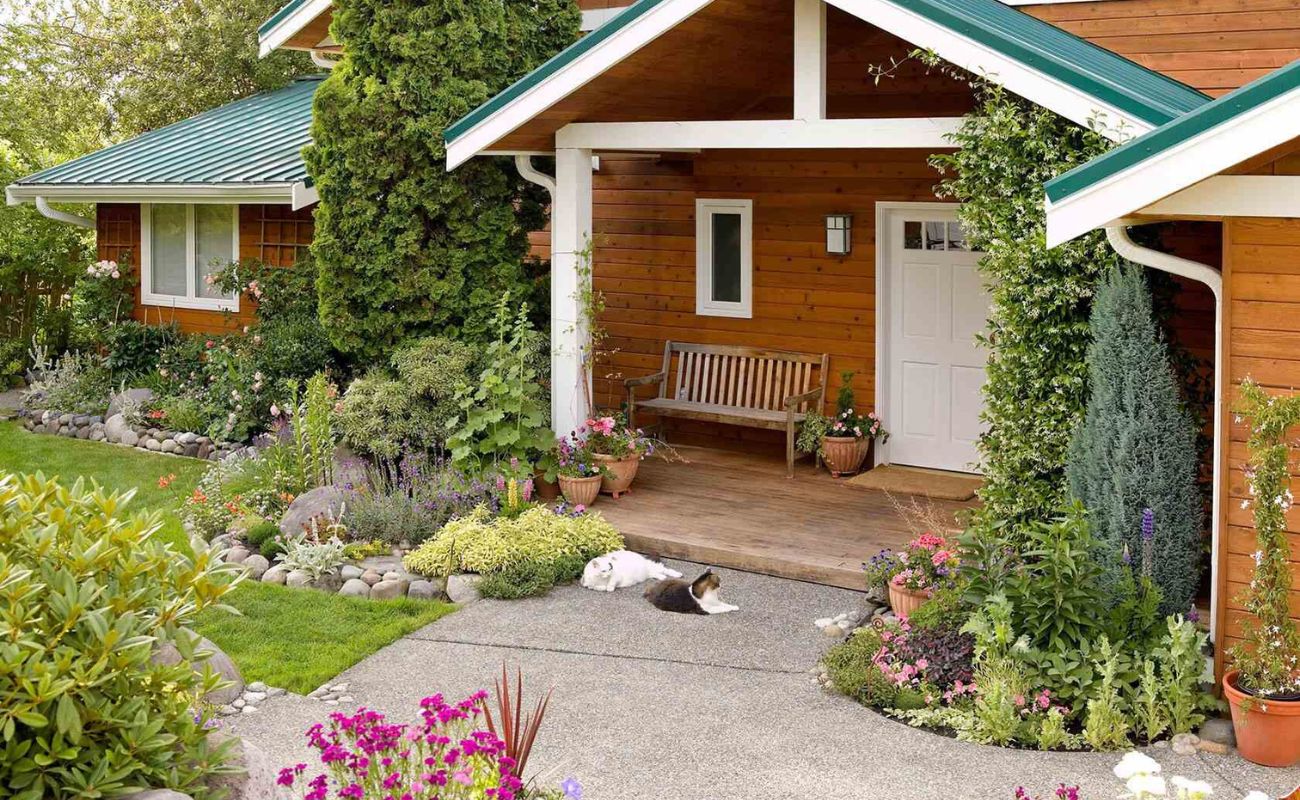
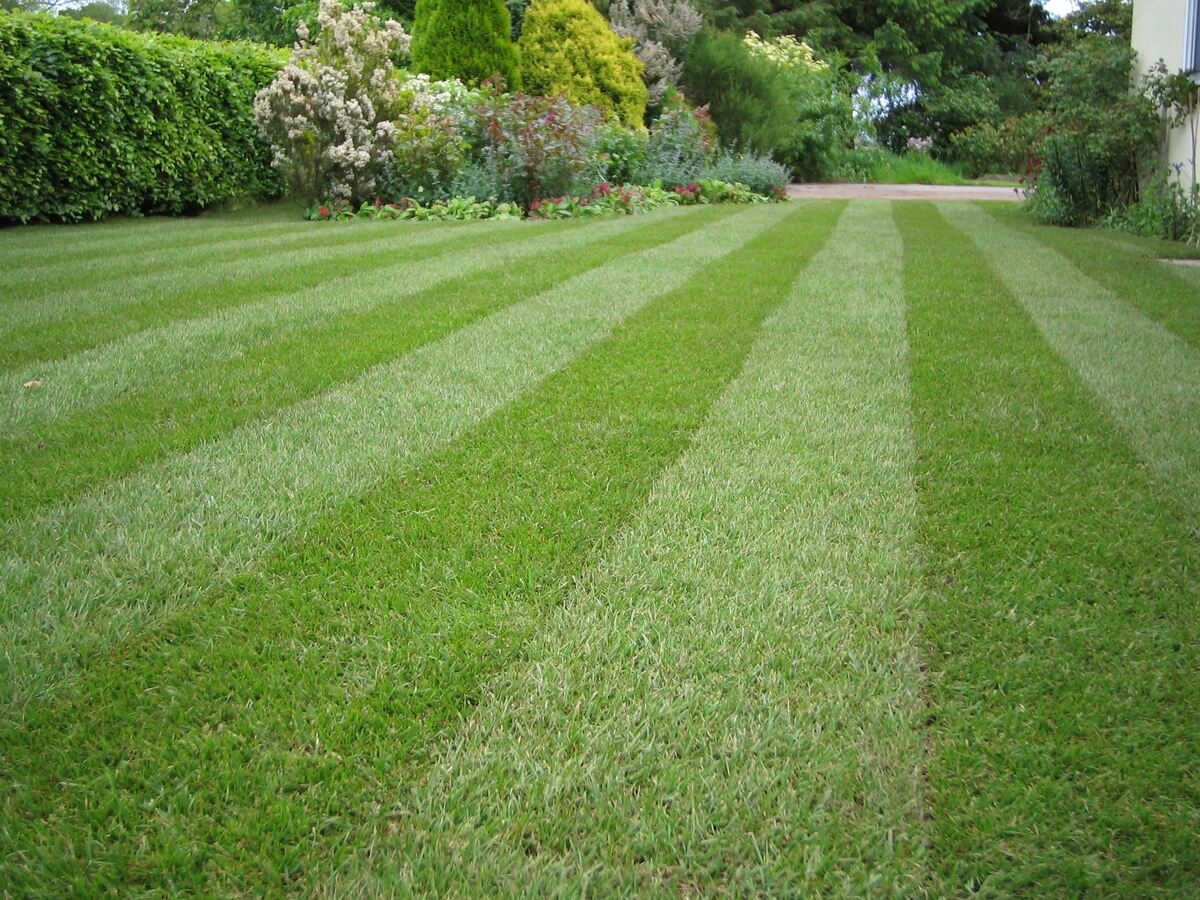
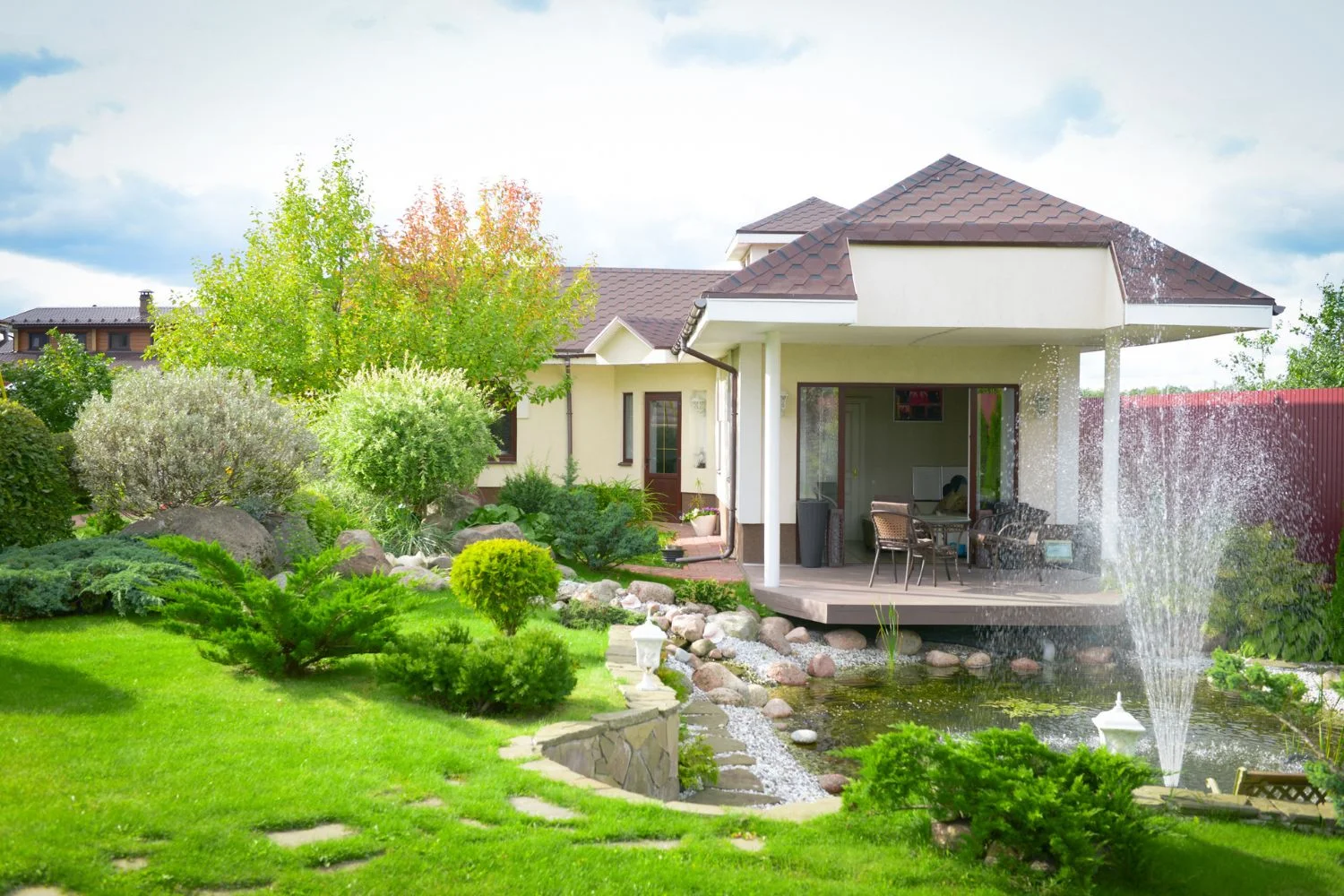
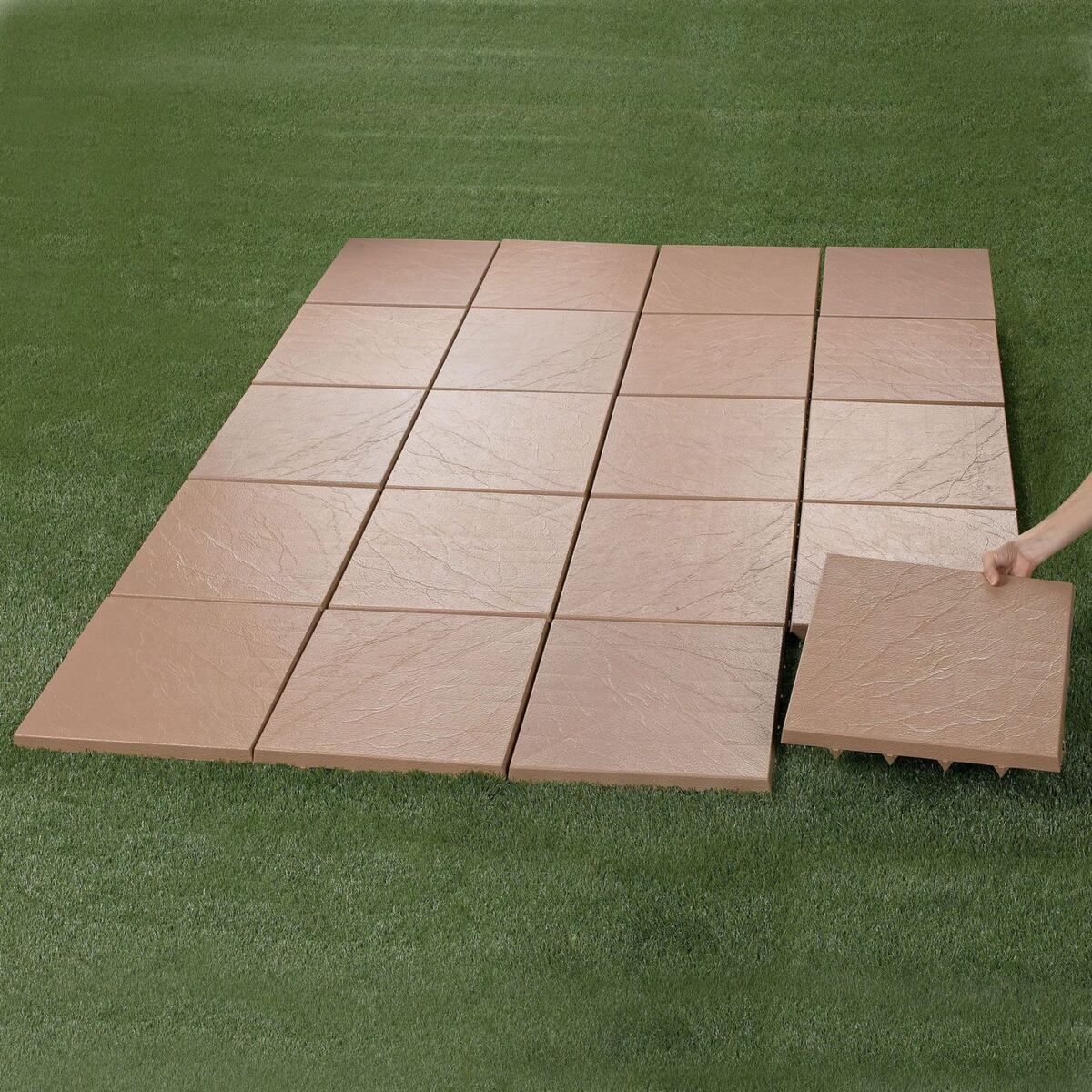

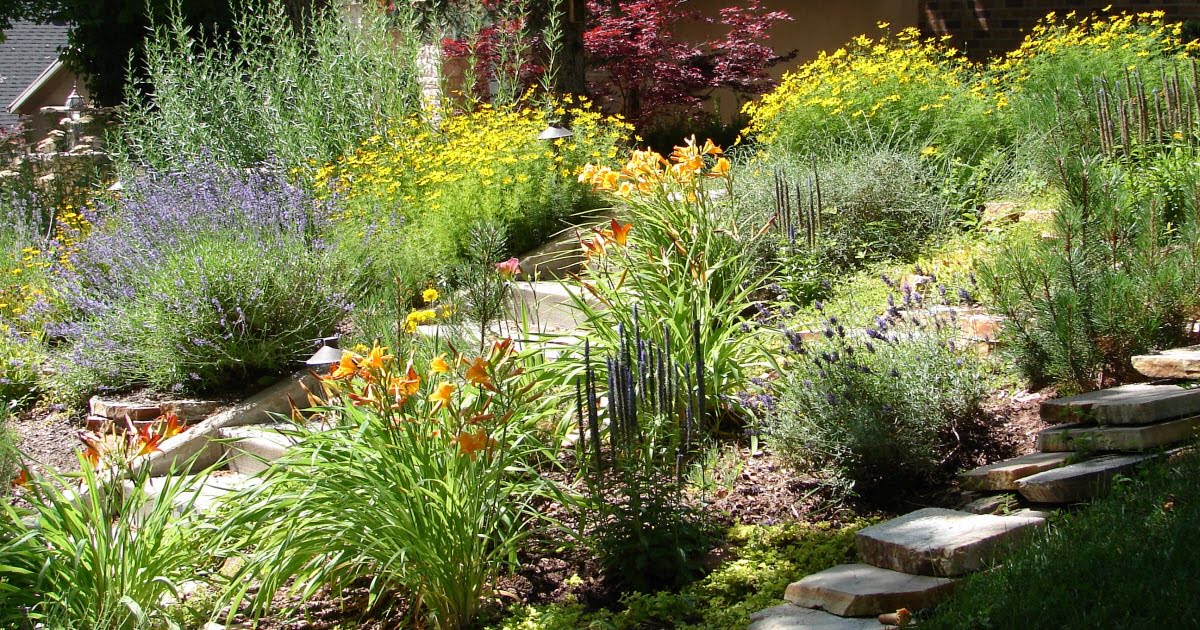

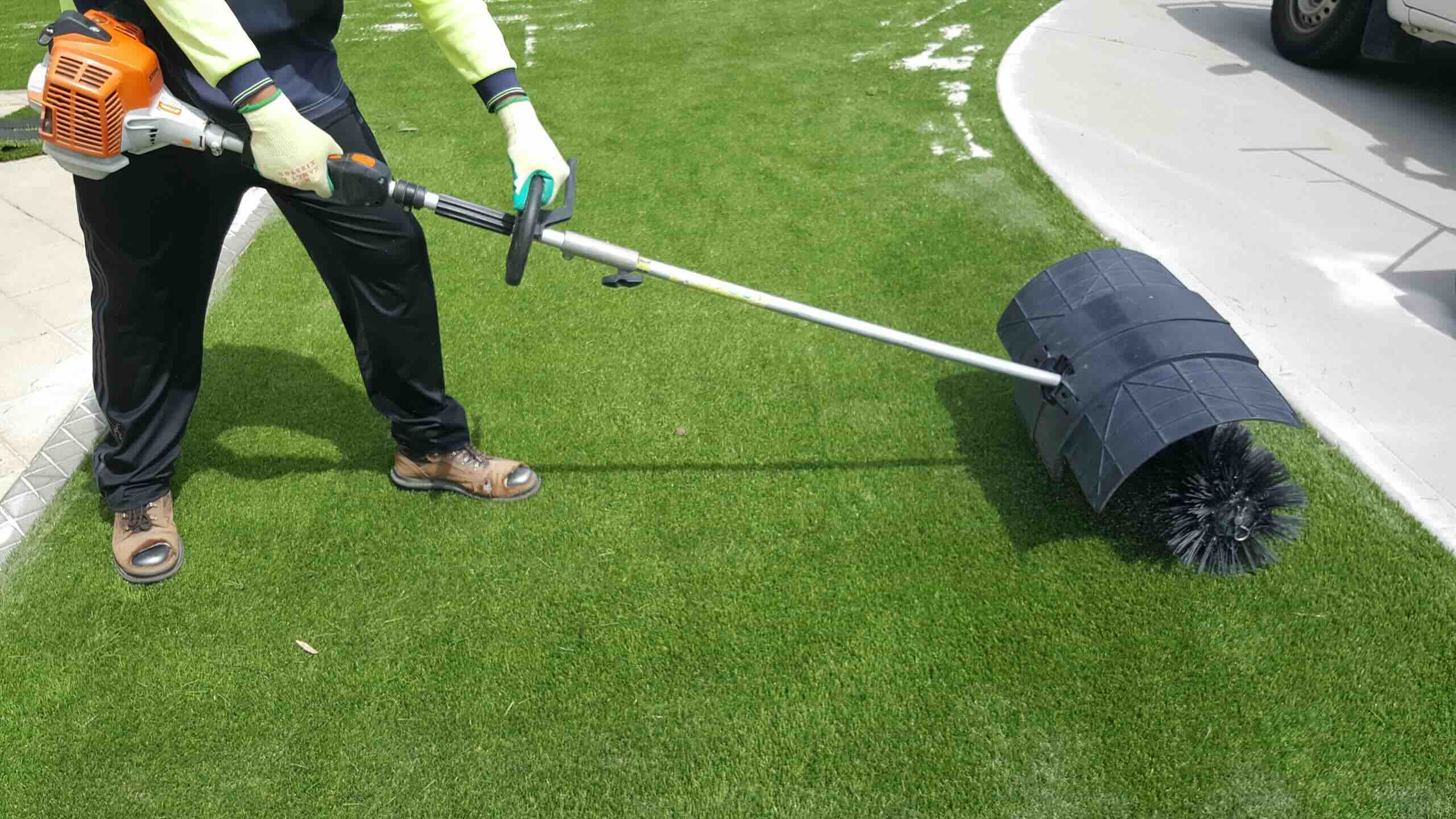



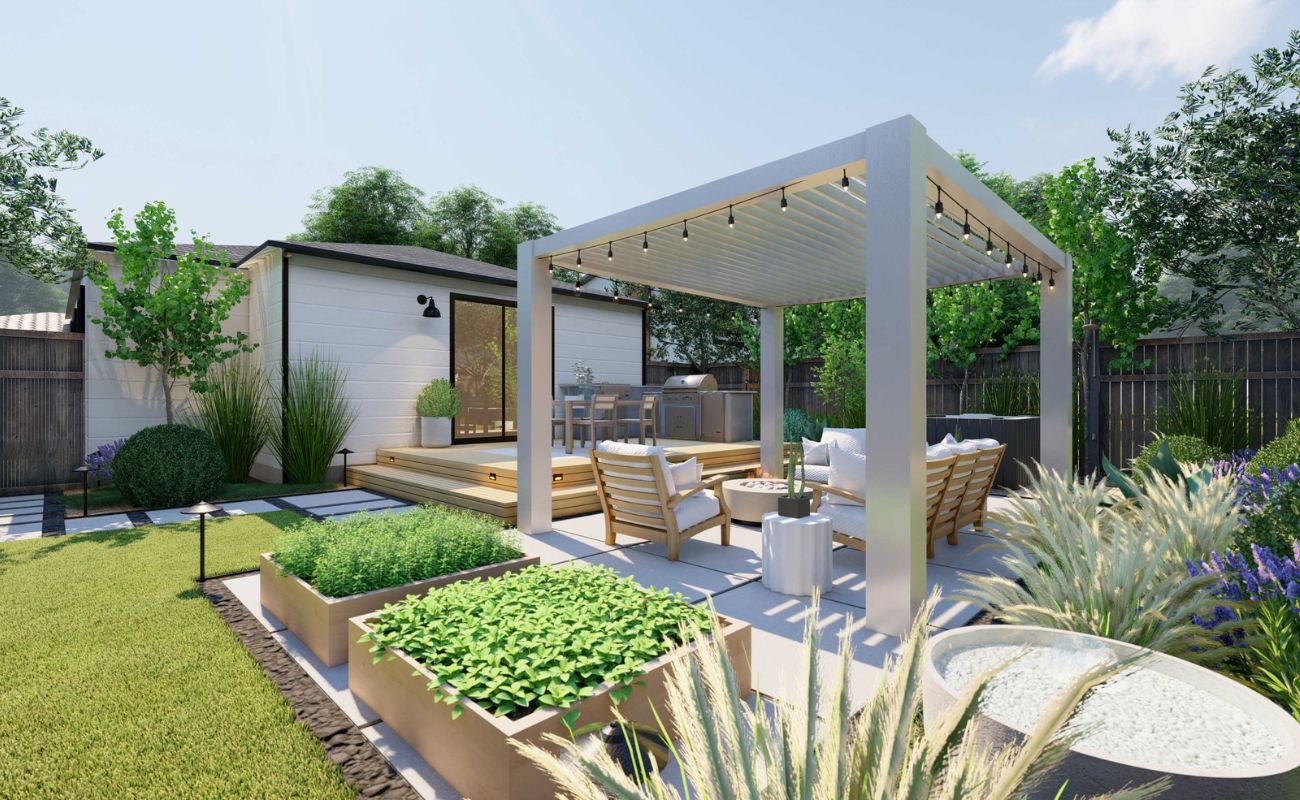



0 thoughts on “How To Redo Grass In The Backyard”